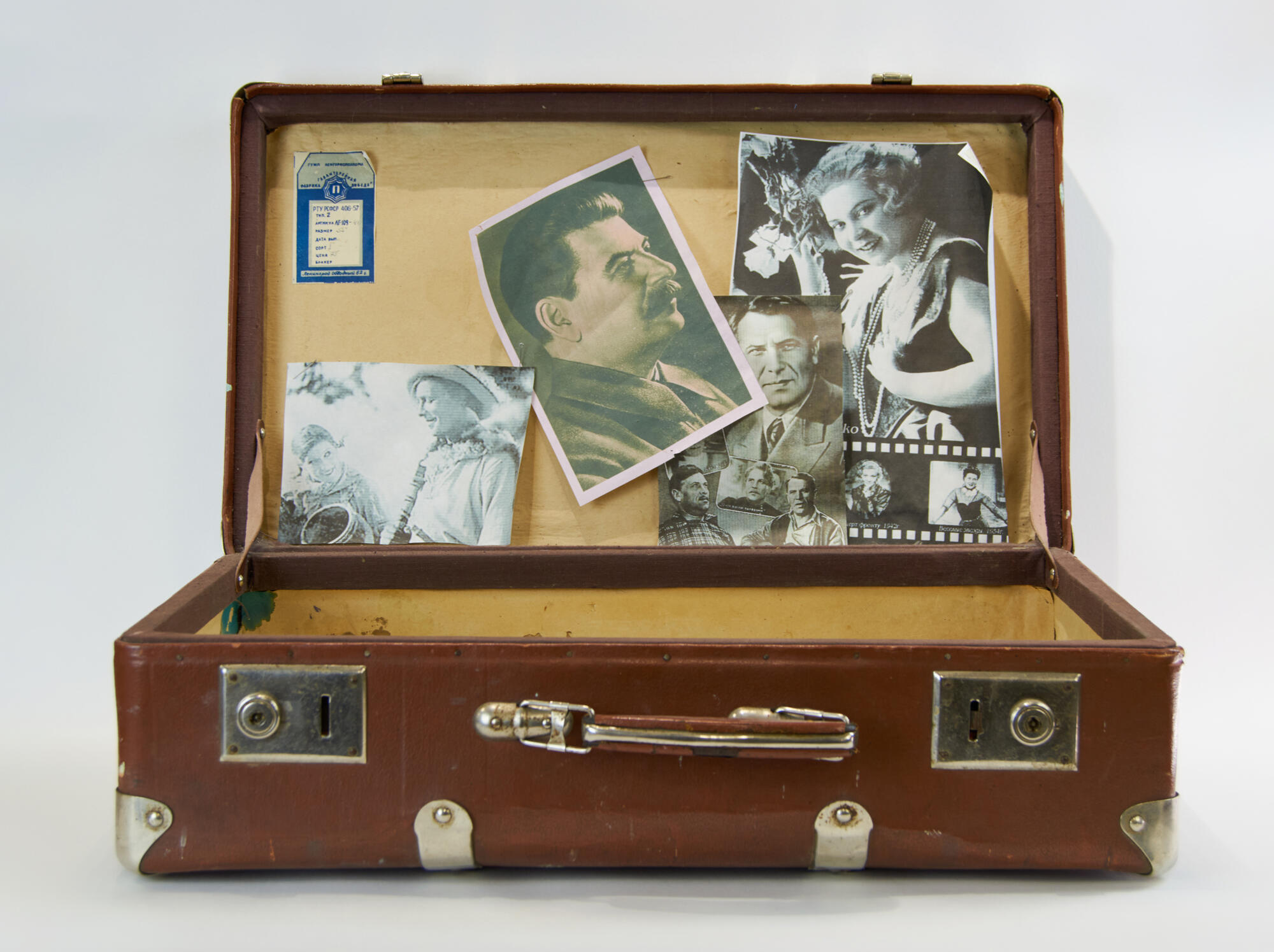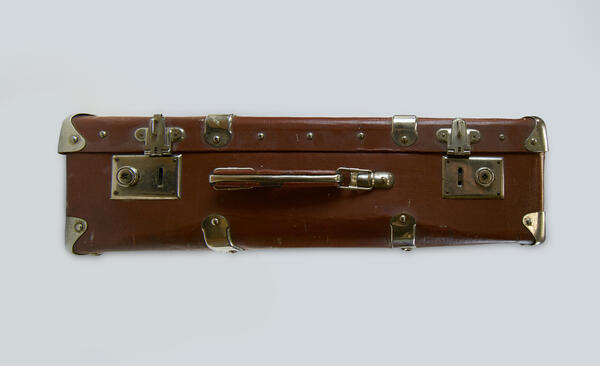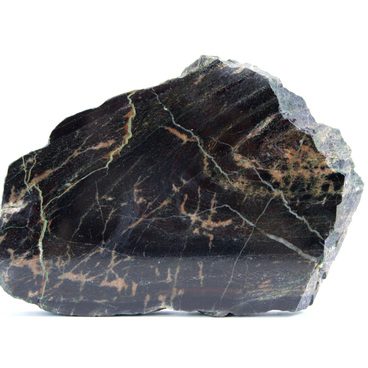The first predecessors of the suitcase were containers for carrying things that were different in design and materials. Those were bundles and baskets which over time transformed into more and more convenient and practical types of bags. The Russian word for a suitcase “chemodan” comes from the Turkic “shabadan” — a narrow rectangular bag that was conveniently attached to the saddle during nomadic migrations of the Turkic tribes. Such bags were made of durable fabric; they replaced chests that took up too much space in the caravan.
The suitcase acquired its familiar appearance in the mid-19th century. This achievement belongs to the French master Louis Vuitton. It was he who revolutionized the manufacture of suitcases, giving them a flat shape, instead of a convex one, which solved the storage problem. This shape made it easy to stack suitcases on top of each other. In 1856, he released the Trianоn suitcase in a durable waterproof fabric with a square lid and strong clasps. The suitcase was fitted with metal inserts at the corners, which helped to keep its contents intact during transportation.
Suitcases of the Soviet Union era were made of leather or leatherette, an inexpensive cotton-based material with a coating resembling leather in characteristics. The case was soft or relatively hard. In the 1940s–1960s, fiber — cardboard firmly pressed using a special technology — was a popular material for the manufacture of suitcases. Additional strength to the suitcase was given by metal slats installed at the corners.
The presented exhibit was made at the “Pobeda” haberdashery factory in Leningrad in 1950. The full name of the suitcase is RTU RSFSR 406-57 type 2, article LG-109-401, size 55, 1st grade; price at the time of release was 75 rubles. It is made of wood, sheathed in leatherette on the outside. It is additionally reinforced with metal inserts at the corners and sides and has a large number of rivets. Inside, the case is lined with thick paper and has two leather tabs to hold the suitcase lid in the open position.
The suitcase has two
key-operated locks, which
are unlocked sideways. The handle, partially sheathed
in leatherette as well, is attached with two rectangular holders.




